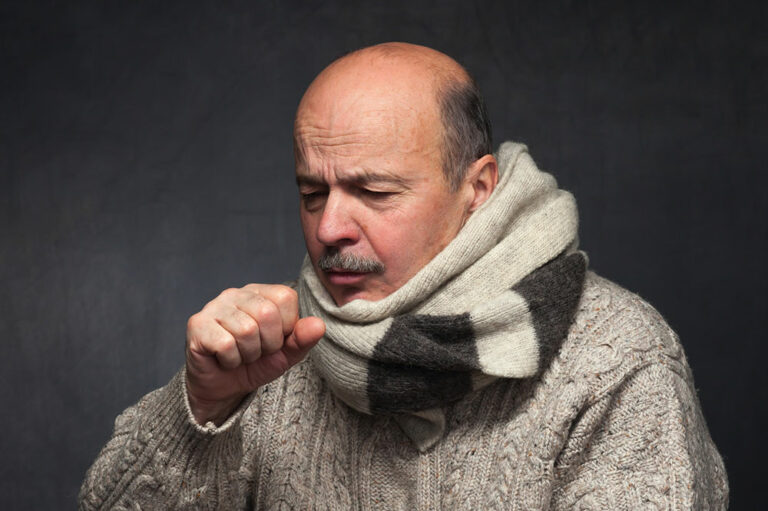
health
Learning the symptoms and management of COPD
Chronic obstructive pulmonary disease, also known as COPD, is a term used by healthcare professionals to refer to a group of lung conditions, including emphysema and chronic bronchitis. Over time, COPD can cause patients to experience breathing difficulties. While one cannot reverse the lung damage, patients can make certain lifestyle changes to manage the condition and its associated symptoms. Continue reading to learn more about the symptoms and treatment alternatives of COPD. Symptoms of COPD Generally, the symptoms of COPD do not make an appearance until the condition has progressed significantly, leading to extensive lung damage. Furthermore, the continuation of certain poor habits can make the condition worse over time. Here are some of the signs of COPD mentioned below. Tightness in the chest One of the most common symptoms of COPD, chest tightness, can manifest in different ways across patients. While for some it can be noticed in the form of breathing difficulties, for others it can feel like a weight on the chest. This can increase the risk of pain while breathing. Some of the main causes of the issue are damage to lung’s air sacs, airway obstruction, respiratory infections, and bronchospasms. Wheezing This symptom of COPD is often accompanied by tightness in the chest.
Read More 














